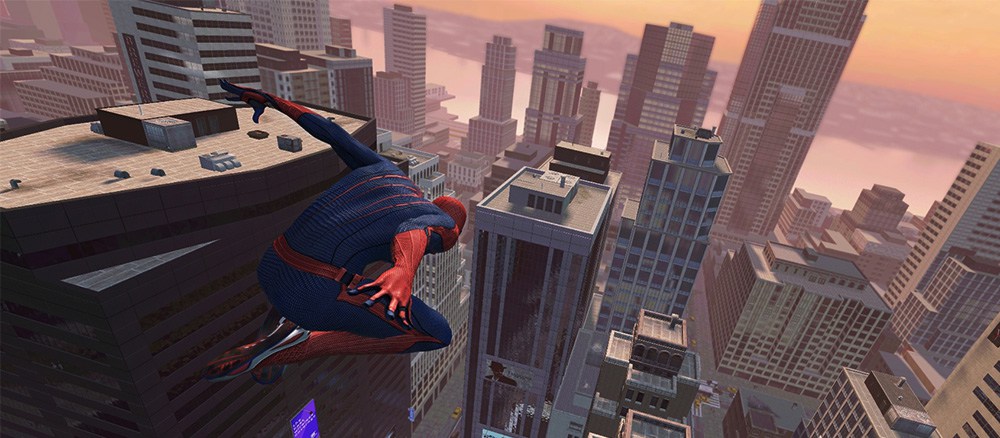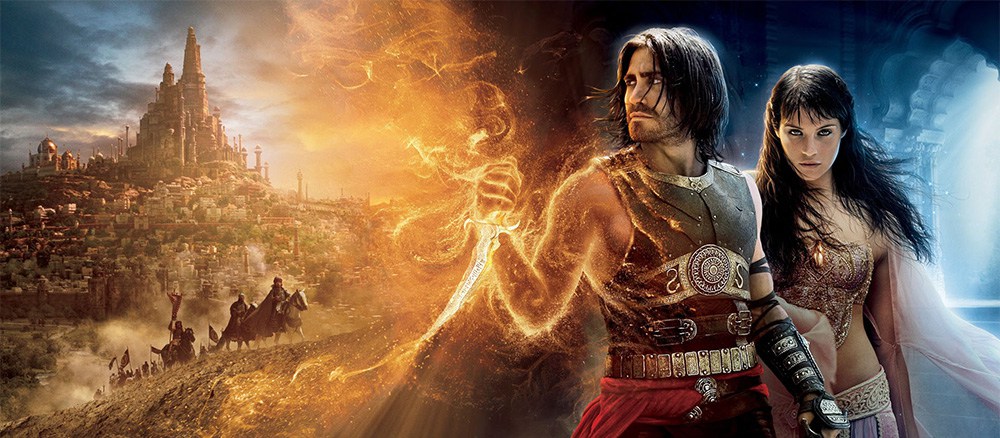Despite poor fan reception and critic reviews for nearly all previously released film adaptations of video games, it seems that high box-office numbers for Warcraft and Angry Birds managed to spark the interest of big studios to green-light more films within the genre. Although Sony and Capcom have found a successful formula with the Resident Evil franchise, most other adaptations (see Uwe Boll‘s work) prove there has been little progression for video-game movies since 1993: the year that Super Mario Bros. set the bar and ushered in adaptations for Street Fighter in 1994, and Mortal Kombat in 1995. While these three movies may forever be appreciated as cult classics, comparing them to the top-grossing films in those years (Jurassic Park, Forrest Gump, and Toy Story) should put into perspective just how unsuccessful they were as films. As we sit in anticipation for the upcoming Assassin’s Creed flick, the ‘final’ Resident Evil installment, and the recently announced Gears of Wars movie, we felt it was necessary to take a look at the issues met by previous films adapted from video games and why they fell short of success.
Successful Video Games Don’t Guarantee a Successful Film
The process starts by determining which games are actually worthy of an adaptation, as that is typically justified by the number of games sold. These films can be problematic from the jump. Besides record-setting revenue, there are many factors that influence the ‘success’ of a video game, including the quality of the campaign storyline, the art style, gameplay controls, and even the console it is exclusive to. But what makes most popular games a success in the eyes of gamers are the unique mechanics they have control over during play.
When it is time for these features to be written into the script, they don’t always translate to the big screen. Some examples of these game mechanics include the bullet-time gunfighting in Max Payne, the stealth missions in Metal Gear Solid, Cover-based warfare in Gears of War; even the open-world sandbox map in Grand Theft Auto III. For Prince of Persia, it was the parkour-inspired obstacles and ability to control time at ease; however when Jerry Bruckheimer adapted the game for film, his weapon — the Dagger of Time — was very limited in use and even powerless for most of the movie. While it was actually the highest grossing video-game adaptation prior to the release of Warcraft and Angry Birds, fans and critics had many issues – think back to the 20 minutes they spend at a secret ostrich racing circuit in the desert.
Handling the Source Material
Since some of these games have existed across multiple generations of gaming consoles, filmmakers have days-worth of story-mode content to adapt into a 120-minute film. With aims to make enough money to secure a sequel, the writers and director must find a way to please gamers, critics and typical moviegoers, while keeping it suitable for children, selling toys, and meeting all demands of producers along the way. With quite a few target audiences in the crosshairs, these adaptations often feel like they are all over the place, losing sight of the most important objective – to tell a compelling story.
Think back to the 2001 blockbuster, Lara Croft: Tomb Raider, which had Angelina Jolie training against deadly robots in her mansion before partaking in some bungee-affixed acrobatics – a scene that actually escalates into a fight against a tactical assault team. Sure, making use of the game’s Croft Manor training and tutorial sequences seemed like a cool nod to fans familiar with the games, but the screen time probably could have been utilized in a way that helps develop the plot. When trying to please all demographics, they often forget what some of these characters are at their core; in Lara Croft’s case, a treasure-hunting archaeologist. Hopefully they can figure it out in time for the 2018 reboot, which has the potential to be a fun action-adventure film that could give Indiana Jones a run for his money.
The Missing Factor
Regardless of how filmmakers decide to make use of screen time, which actors they cast as the top-billed characters or even which studio handles the production, one thing that will certainly always be missing from these video-game adaptations is the element of decision-making. For movies, most plots are the result of poor decisions made by characters; whereas video games allow you to choose your next move, exercising a degree of control over the outcome of the game. Being able to decide your own path toward the completion of the game is what makes gaming special, leaving room to replay for extra achievements, to see alternate endings, and find hidden easter eggs.
Because video games allow you to feel immersed into these fictional universes, there is a whole genre of licensed companion games for movies. While they are pretty much just walk-throughs of movie plots, they give you a chance to live within the latest Harry Potter film, or the post-apocalyptic world of Mad Max. These licensed games have come a long way since the side-scrolling Game Boy and arcade games from the 1990s, progressing to the open-world sandbox style, which was nearly perfected in 2004′s Spider-Man 2: The Game and has allowed gamers to swing around New York City in every Spider-Man game since.
Finding Success Through Failure
As proven by the second attempt at bringing Hitman to life, a fresh start means little if nothing was learned through the first try. These films should not be treated as a chance to force familiar characters and visuals down the throats of existing fans, but as a chance to reimagine them appropriately for a new medium. When adapting gaming franchises that are so dear to the hearts of gamers, it is of utmost importance that they are created with the same amount of passion (and budget) given to other successfully adapted licensed properties in recent years. With many more video game adaptations currently in the works, these projects should be helmed by producers, writers, and directors who not only understand gaming, but fully understand why the game was a success in the first place. Without a clear understanding of the source material, and a concise vision for the adaptation, future films in this genre are at risk of falling victim to the same problems faced by previous video game movies.

